9000+ Cashless Garages
1.2 Cr+ Policies Sold

9000+ Cashless Garages
1.2 Cr+ Policies Sold


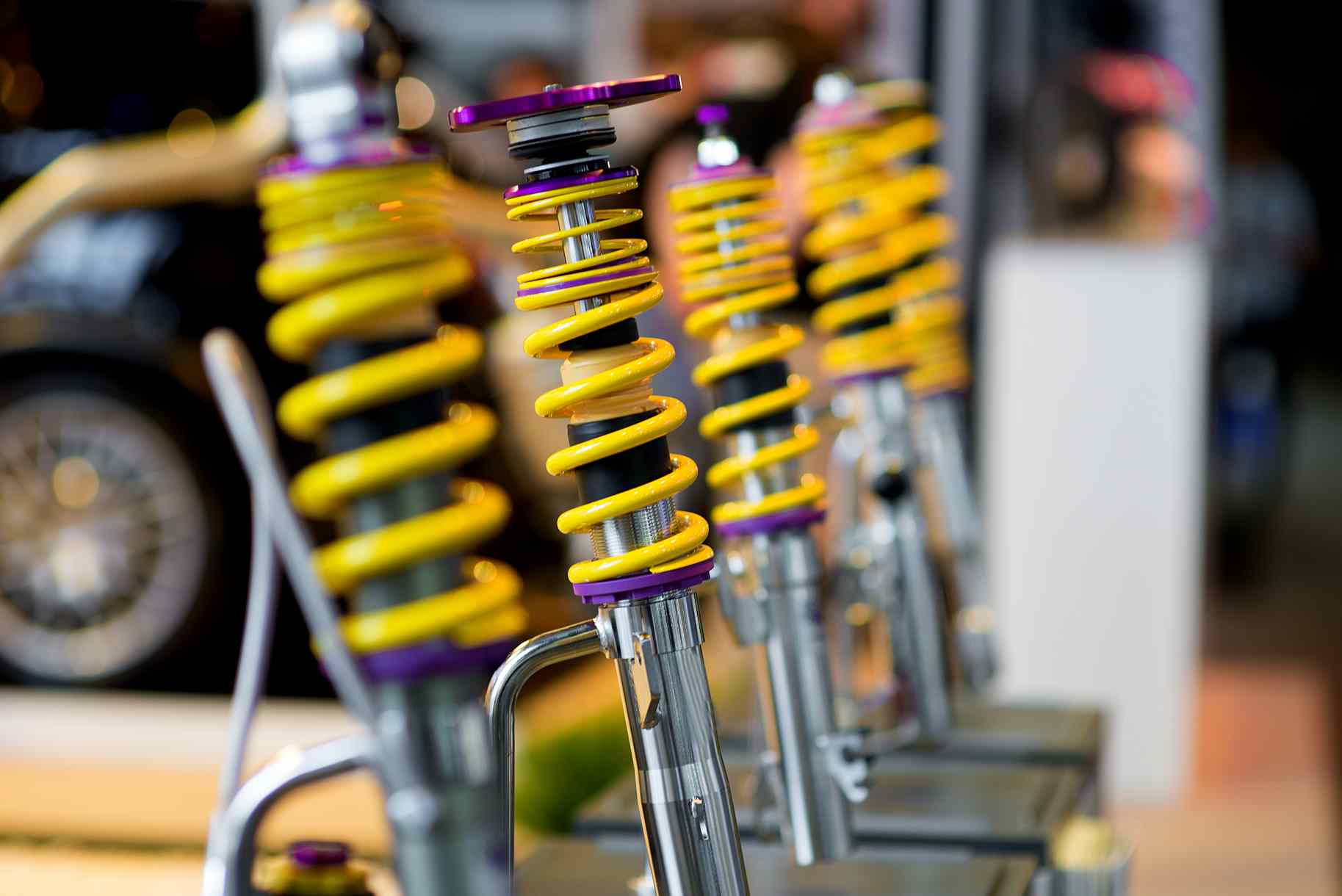
Have you ever wondered why luxury cars glide over potholes while off-road trucks power through rough terrain? The answer lies in their suspension systems. It ensures that the vehicle can handle road imperfections and facilitates maximum friction between the tyres and the road, allowing good handling and steering stability.
Now, major automobile manufacturers usually provide air suspension or coil spring suspension systems in their vehicles. But which one should you choose when buying your car?
Keep reading to get a clear idea of coil spring vs air suspension and make an informed purchase decision!


Air suspension is a modern suspension system generally used in high-end vehicles (high-speed cars and luxury cars) and heavy-duty trucks. It comes with an electronic compressor that pumps air into flexible rubber bellows, which create pressure and act like springs to help maintain an optimum ride height and vehicle stability.
Coil springs are helical-shaped mechanical devices made of high-carbon steel. Based on the vehicle and its application, these springs can differ in strength and size and can be mounted separately or with a shock absorber.
These springs help maintain optimum ride height and stabilise vehicles during harsh road conditions. As a result, coil springs are used in the suspension systems of several vehicles, including passenger cars, buses, and off-road vehicles.
Suspension systems consist of various components, like shock absorbers, springs, linkages, etc., that help connect the vehicle to its wheels. It helps ensure that the tyres maintain maximum contact with the road, preventing the vehicle from bouncing off when accelerating, braking, manoeuvring, or making turns.
Additionally, the suspension system performs the following functions:
Check out the air suspension vs coil suspension key differences below:
Listed below are some of the core features of air suspension:
The core features of coil springs are as follows:
Air suspensions have their own sets of pros and cons, such as:
Coil spring suspension system pros and cons are as follows:

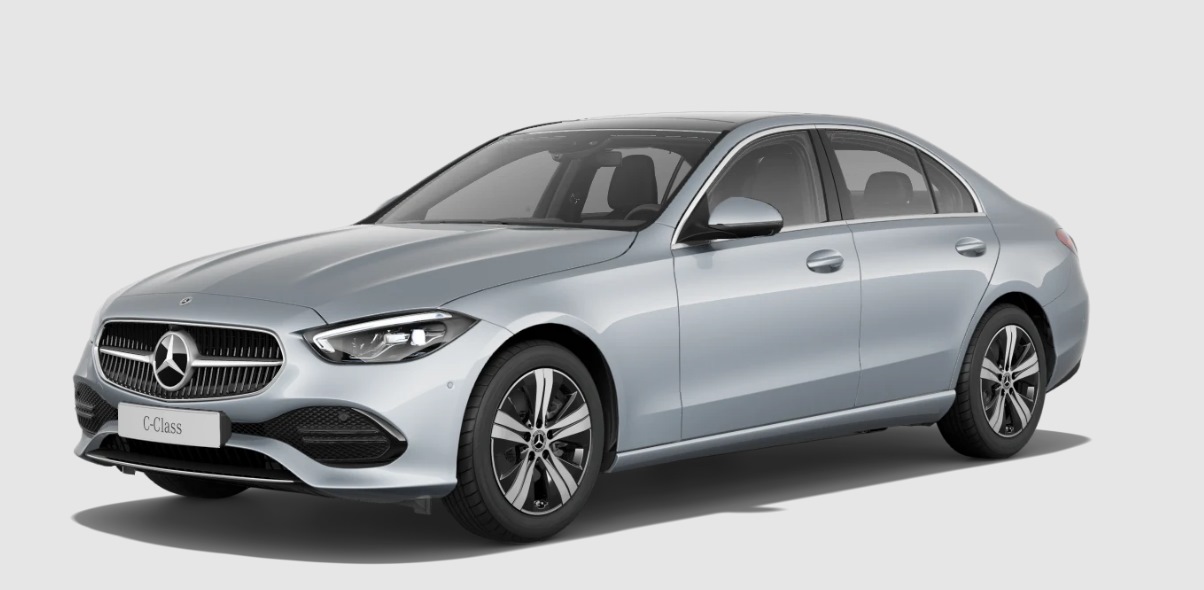
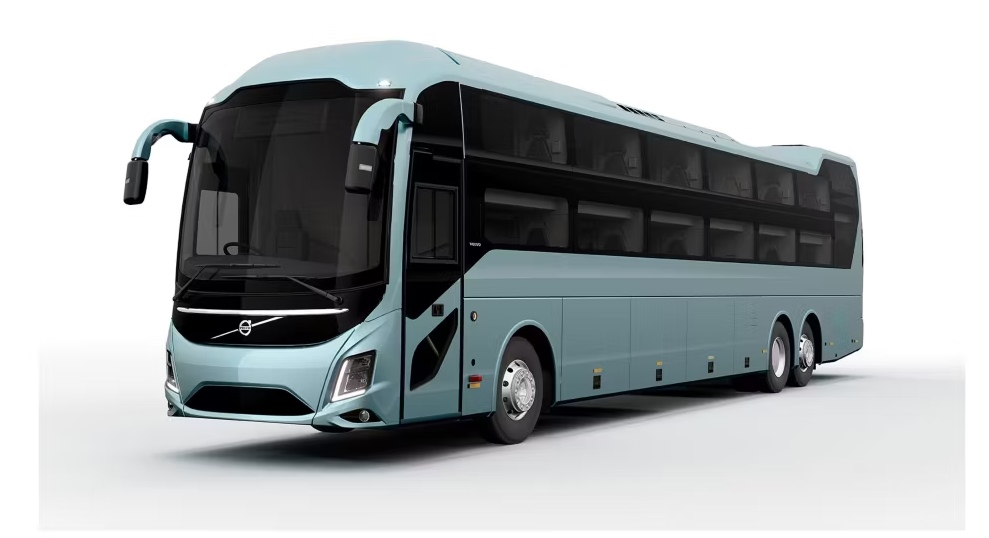
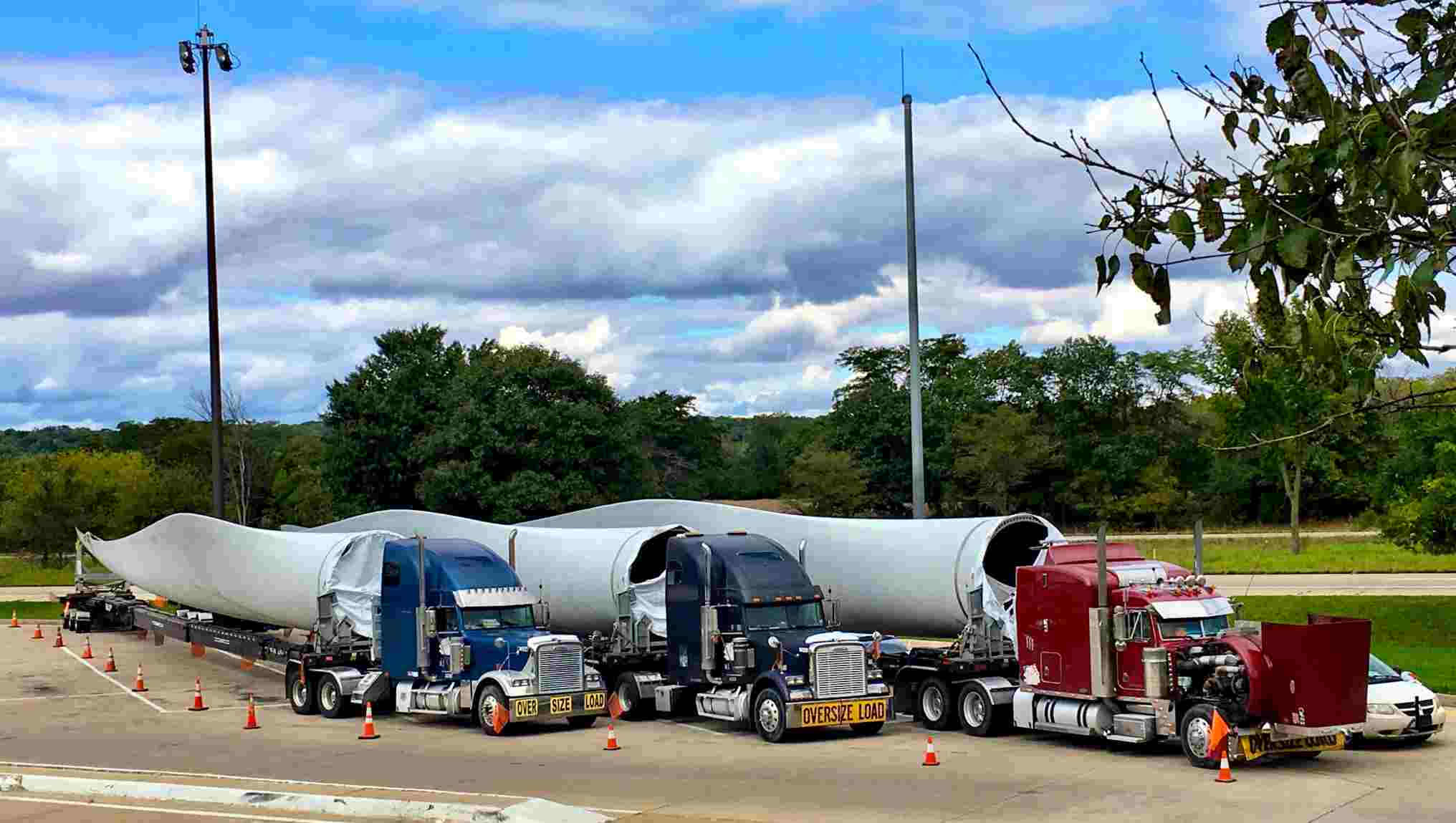
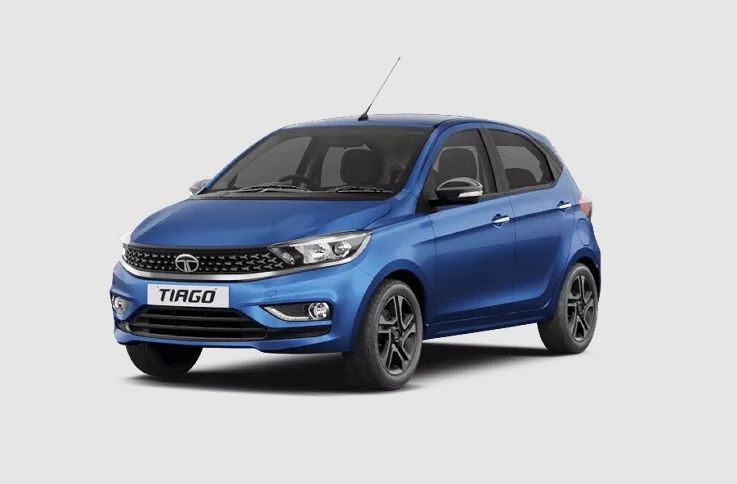


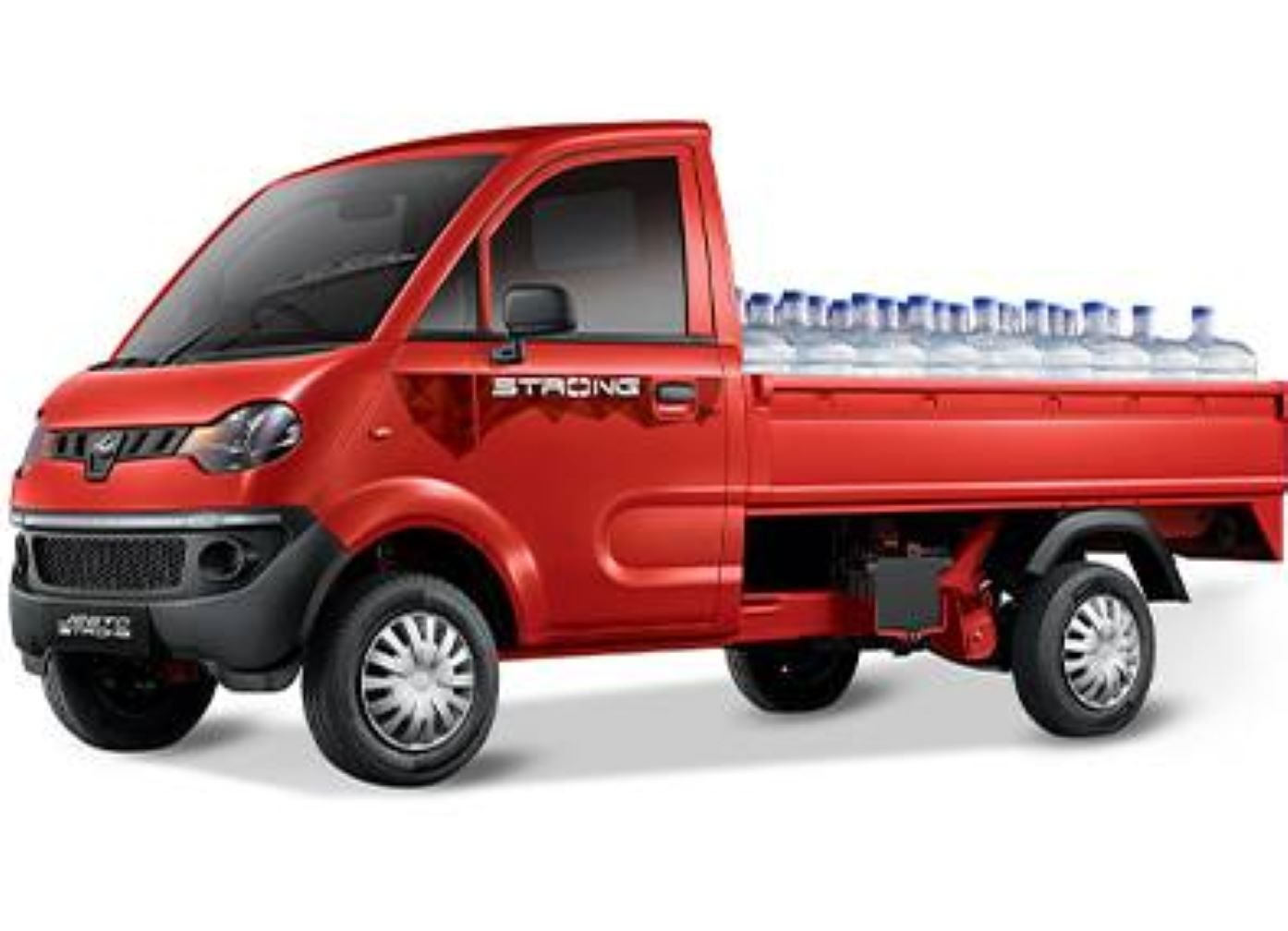
Air suspensions allow drivers to dynamically adjust the ride height according to road conditions, ensuring a smooth and comfortable driving experience. Moreover, such systems use compressed air to absorb all the shocks and vibrations caused by road imperfections, leading to a comfortable and bump-free cabin experience.
As a result, almost all luxury or high-end car models usually come equipped with air suspension systems.
The stiffness of coil spring suspension systems can be adjusted to offer excellent handling and high stability. Moreover, they come with superior shock absorption that ensures maximum road contact even on rugged terrains.
Coil spring suspensions are also a superb choice for off-road vehicles. They facilitate high suspension movement, making navigating through unpaved surfaces like sand, gravel, mud, etc., much easier. They are also easy to maintain and come with low upfront costs.
Here are some insights on when you should go for air suspension vs coil suspension:
If a luxurious and comfortable driving experience across various terrains is your main concern, air suspensions are the way to go. This can also be your choice when you prioritise a bump-free cabin experience and the option to adjust the ride height as per the road condition, with the high upfront and maintenance costs not being an issue.
If you want a durable suspension system with low upfront and maintenance costs, coil spring suspensions can be your go-to. They are ideal if you want to use your vehicle for off-roading. Also, tighter coil springs can significantly increase your car’s handling and responsiveness.
Manufacturers are using innovative materials like lightweight alloys and composite fibres in air suspensions to reduce weight, increase durability, and make them more reliable compared to previous versions.
Furthermore, companies are developing adaptive air suspensions that adjust their parameters in real-time based on road conditions, facilitating a safer overall driving experience.
Lately, automobile companies have manufactured coil springs using composite materials and high-strength steel alloys. These materials are highly corrosion-resistant and lightweight, enhancing the springs’ durability and lifespan as well as the vehicle’s handling and fuel efficiency.
Precision manufacturing techniques like laser cutting and computer numerical control (CNC) machining ensure high consistency. Coil springs are also being integrated into innovative suspension systems that can make real-time adjustments to improve driving comfort and handling.
Driving comfort, better handling, and overall safety are becoming the major requirements of car buyers. Thus, in the future, most automobile manufacturers will move towards air suspension systems integrated with active safety features like adaptive cruise control (ACC), electronic stability control (ESC), and anti-lock braking systems (ABS).
They will also adopt electronically controlled suspensions that can adapt their damping rates and stiffness in real time based on the road surface and driving conditions. Furthermore, they will integrate advanced damping technologies to reduce noise, vibration, and harshness (NVH) levels and enhance overall driving comfort.
As you now have a clear idea of the air suspension vs coil suspension key differences, you can choose a vehicle which comes with a suspension system that best aligns with your requirements. However, you must keep in mind the pros and cons and aspects like durability, reliability and associated costs before making your final choice.